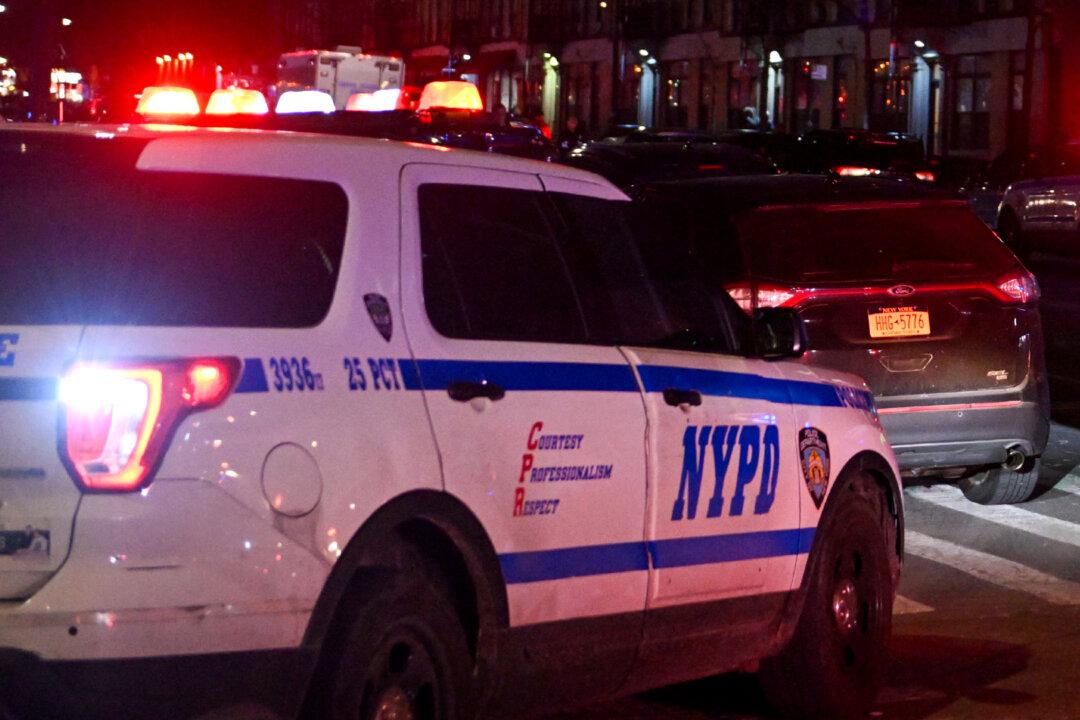Crime in New York City has exploded this year. The last time the Big Apple saw more theft rotting its core, Frank Sinatra was still alive. After a surge in shootings over the previous two years, murders have somehow subsided. Instead, nearly all other forms of crime have mushroomed.
The New York City Police Department (NYPD) has been arresting people at numbers not seen in decades, but with limited effect—the criminals are often quickly back on the street.





